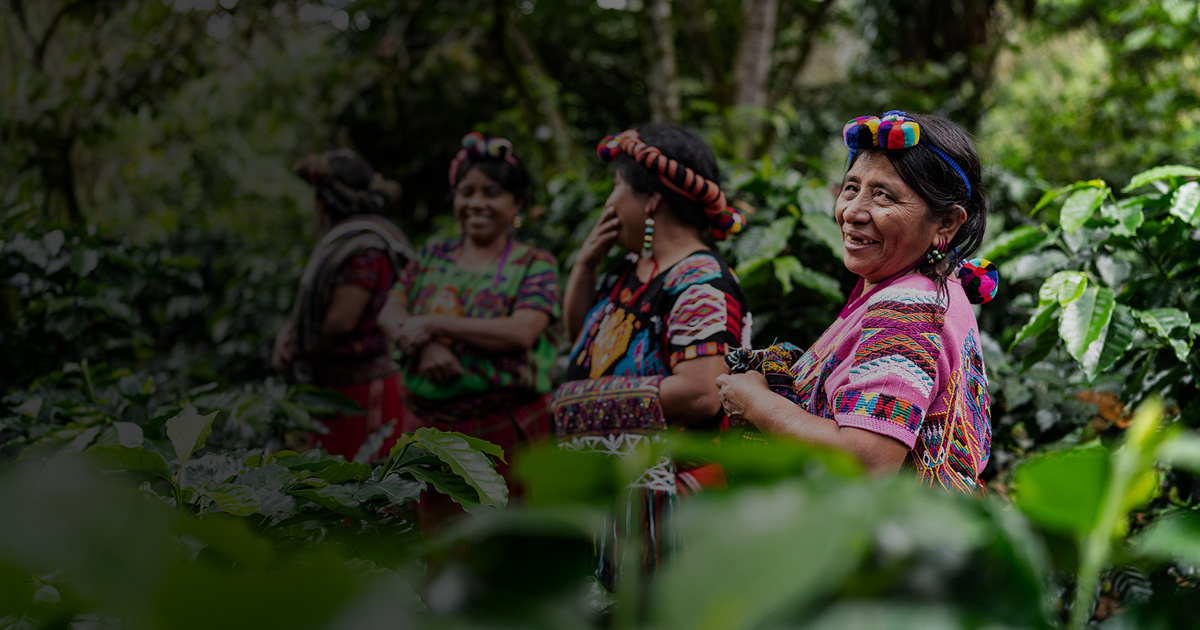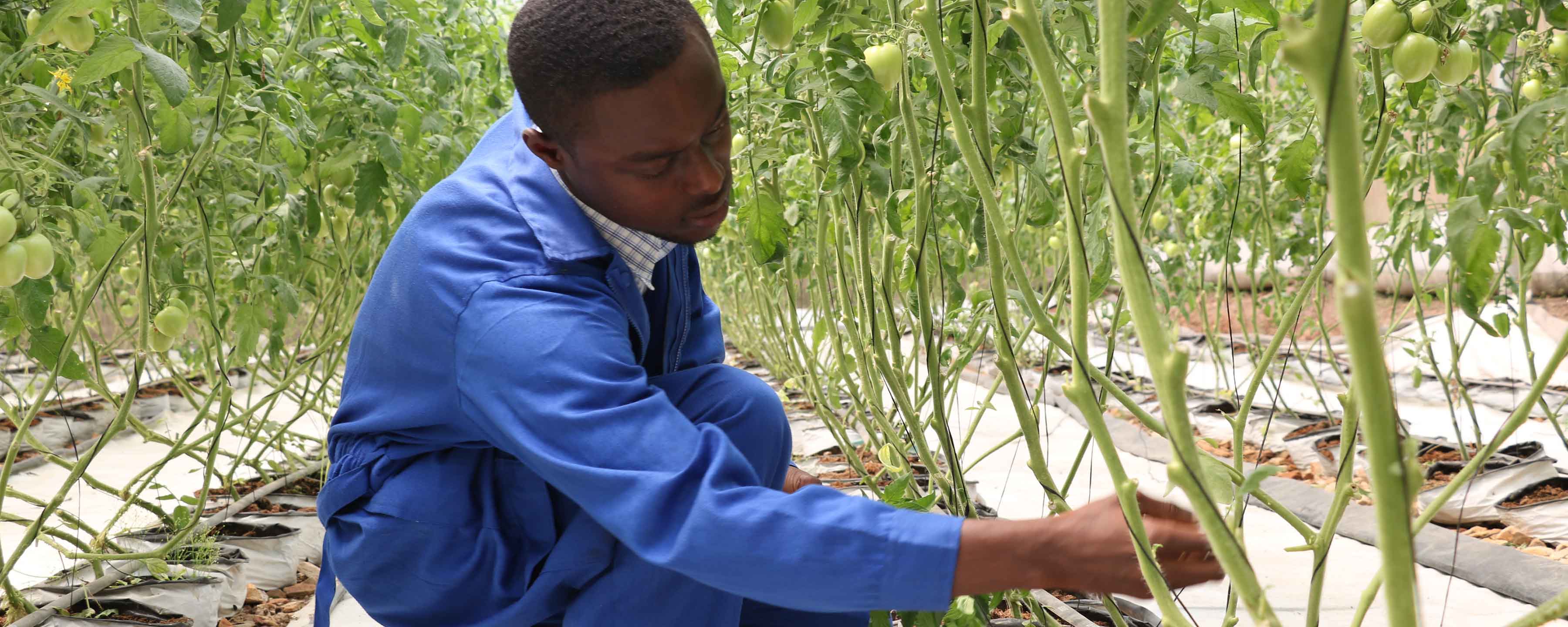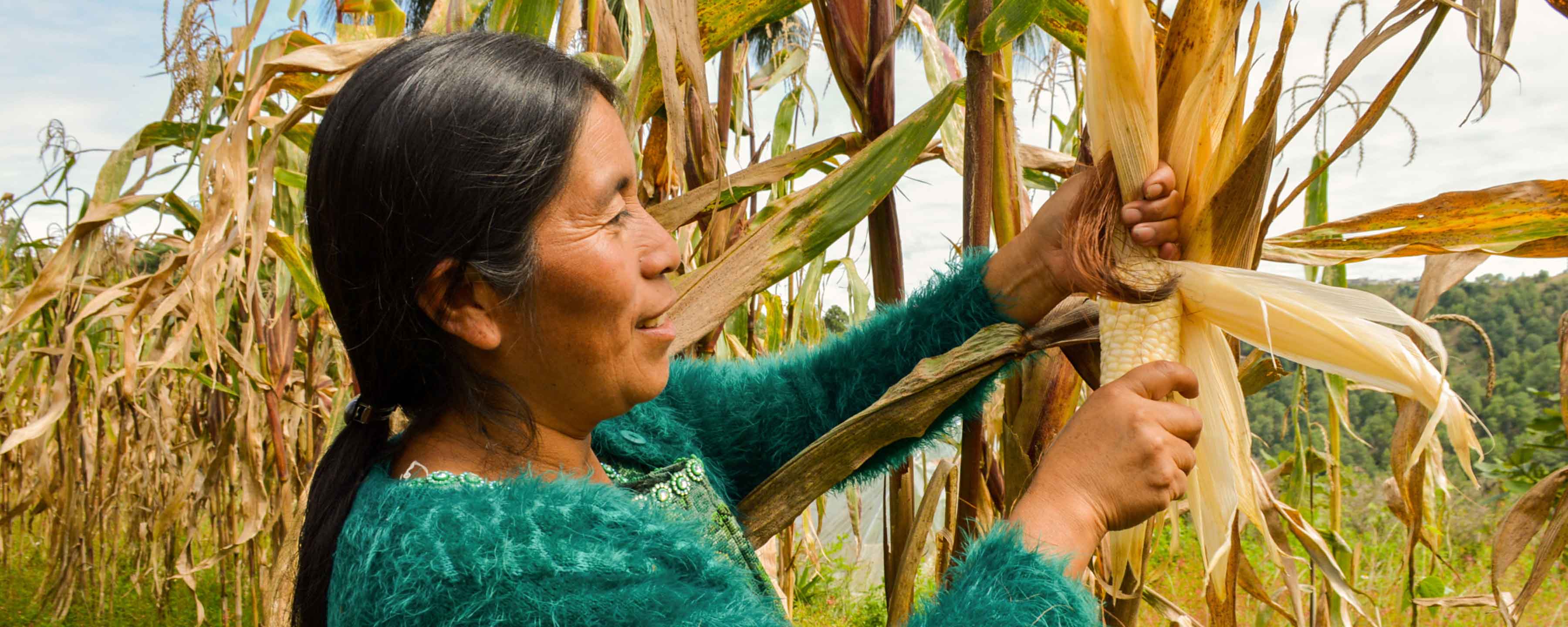

As the U.S. Government’s global hunger and food security initiative, Feed the Future works hand-in-hand with partner countries to develop their agriculture sectors and break the vicious cycle of poverty and hunger. We are helping people feed themselves and creating important opportunities for a new generation of young people, while building a more stable world.

Source: USAID Blog An influential thought leader shares why nutrition needs to cut across food security, humanitarian aid, and global health… Read more
22 July 2024
In Nigeria, one woman is leading her community to use sustainable farming methods, as well as technology, to thrive. A group of women farmers in… Read more
28 March 2024
Hundreds of women farmers have improved their yields, as well as their family diets. In the Intibucá department of Honduras, more than a quarter of… Read more
28 March 2024
Crops like soursop, okra and leafy greens are a source of nutrition and economic security for women smallholder farmers across the continent. In East and… Read more
Ghana , Kenya , Uganda 28 March 2024Read our annual update to learn more about our results through the years and read the stories of lives changed.
23.4 M More people now live above the poverty line (estimate) 3.4 M More children are not stunted (estimate) 1000+ Innovations developed and deployed $6.2 B in financing for food security unlocked (2011-2022) 5.2 M More families are no longer suffering from hunger (estimate) $28 B Generated in agricultural sales to help farmers (2011-2022)We currently focus our efforts in 20 target countries in Africa, Asia and Latin America and the Caribbean.
Featured Countries
With a population of more than 112 million people, Ethiopia is one of the fastest-growing countries and economies in Africa.

Agriculture is the largest source of employment in Ghana and growth in the sector is responsible for much of the country’s poverty reduction.

Guatemala has tremendous potential for expanding its agriculture sector – promising job creation and stable incomes – to address the primary drivers of poor nutrition, poverty and migration.